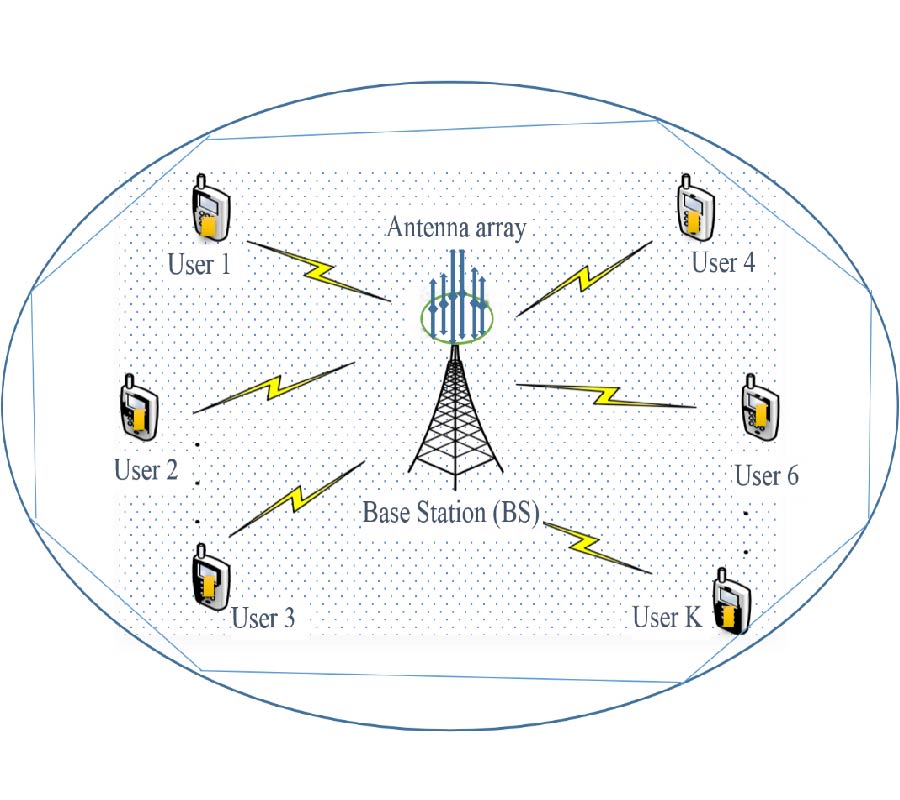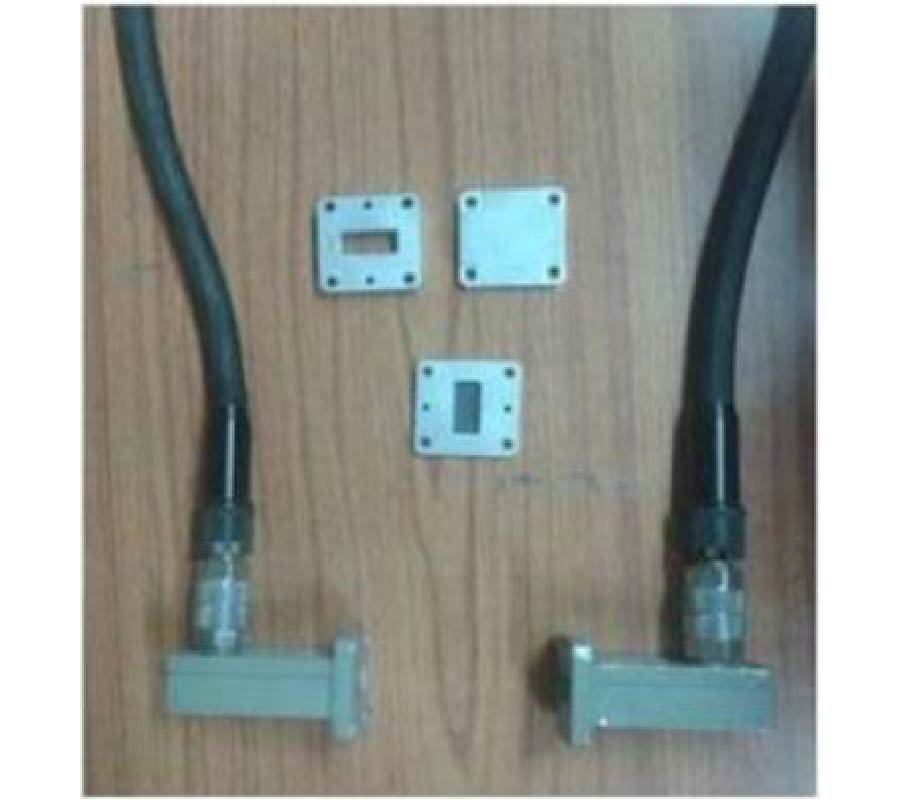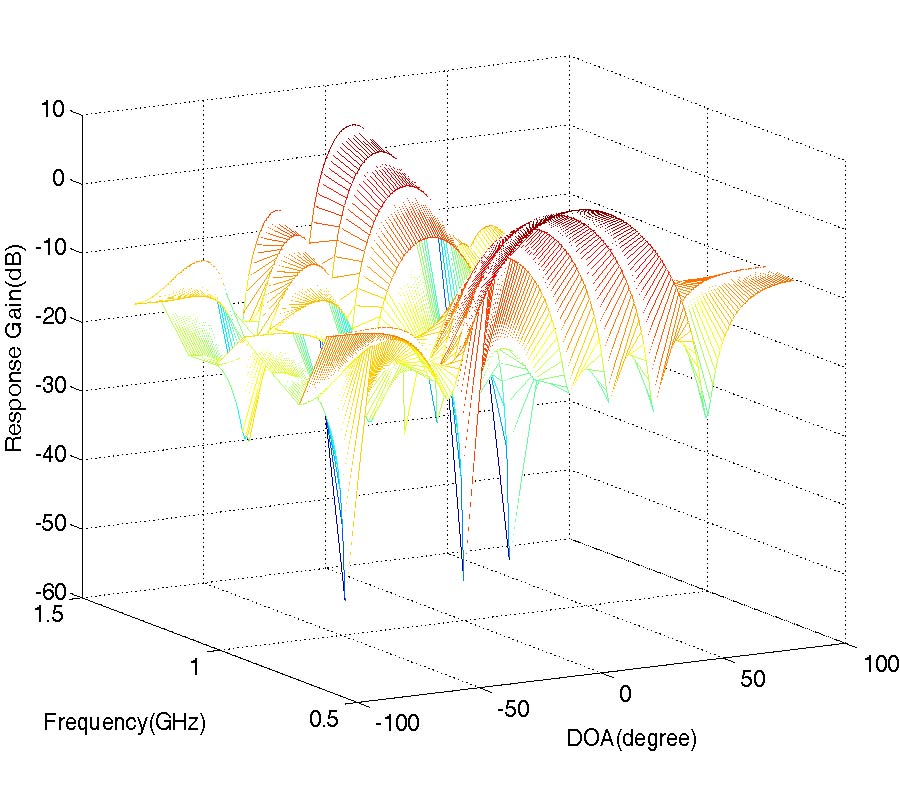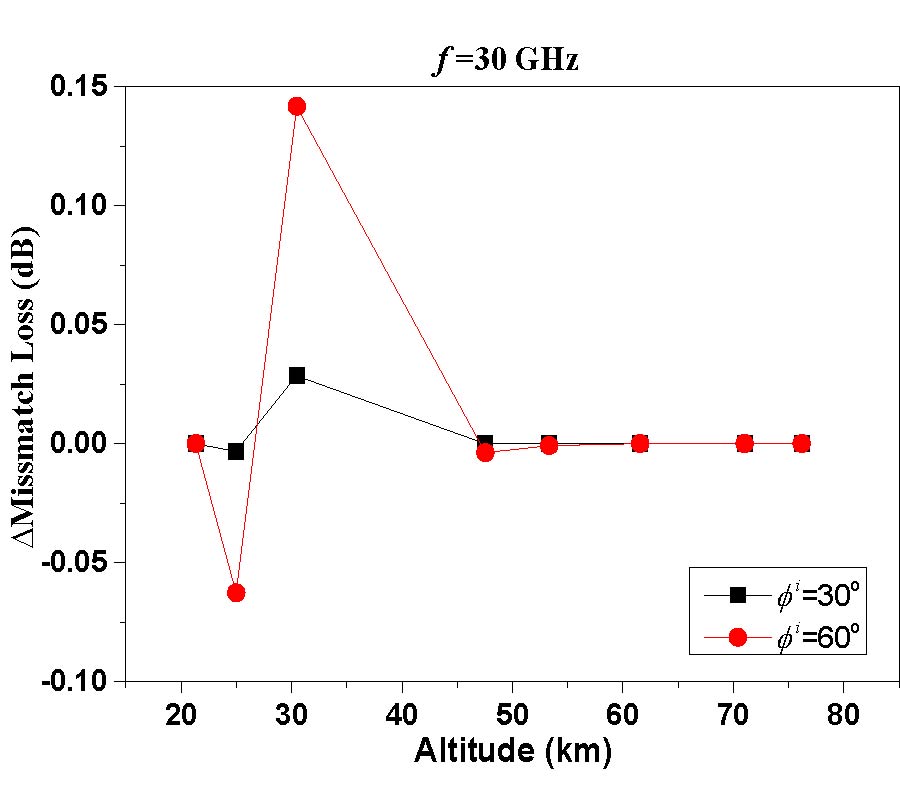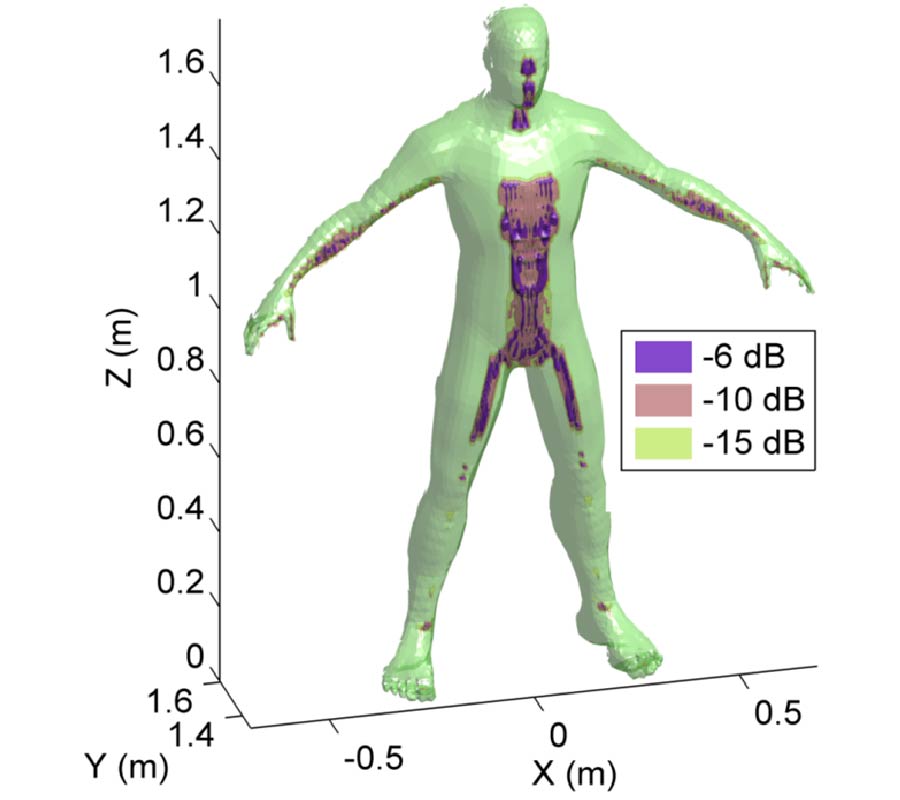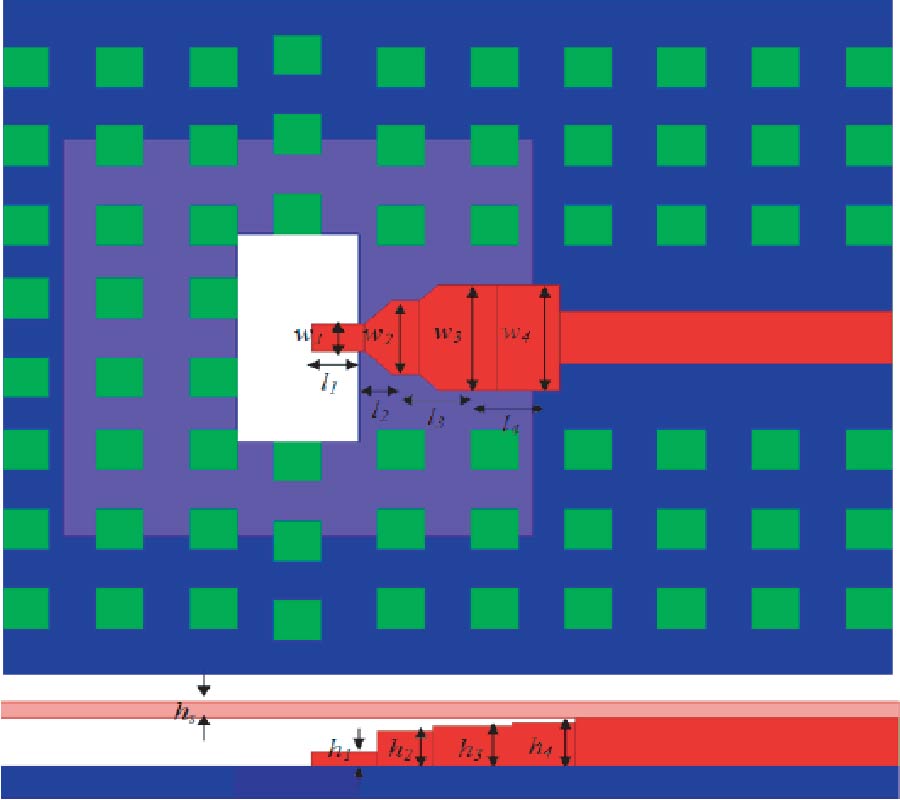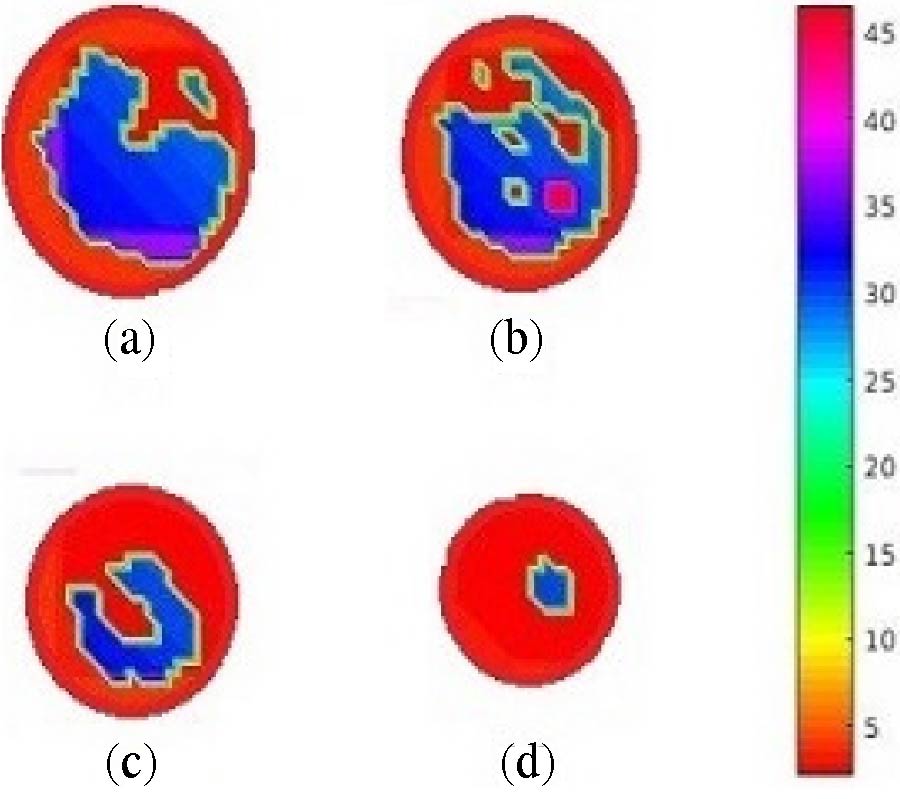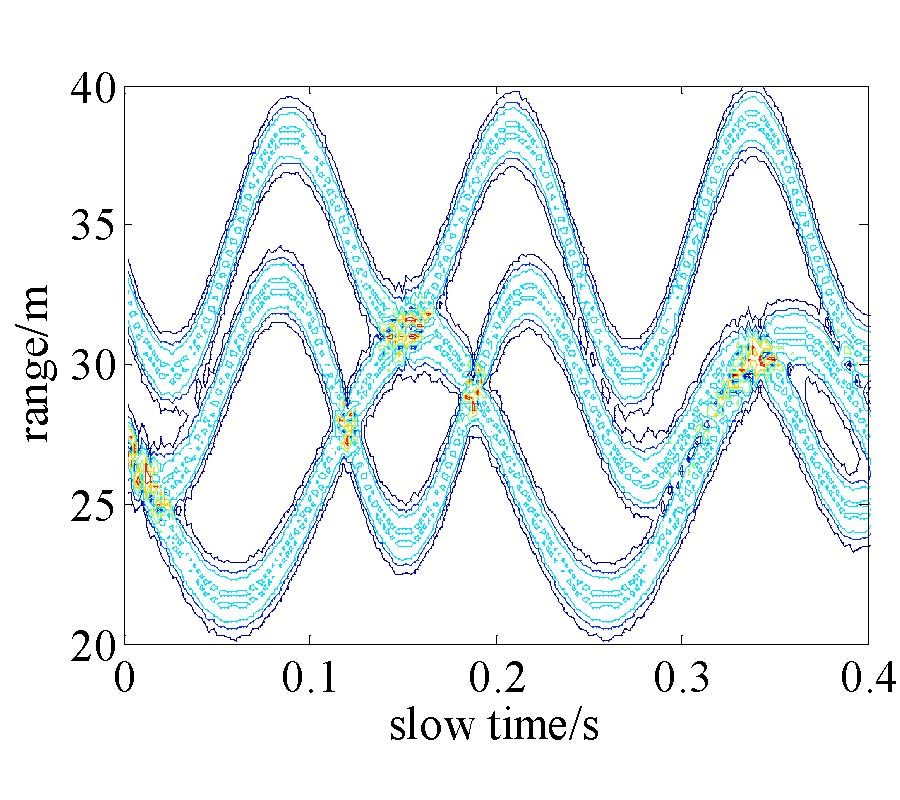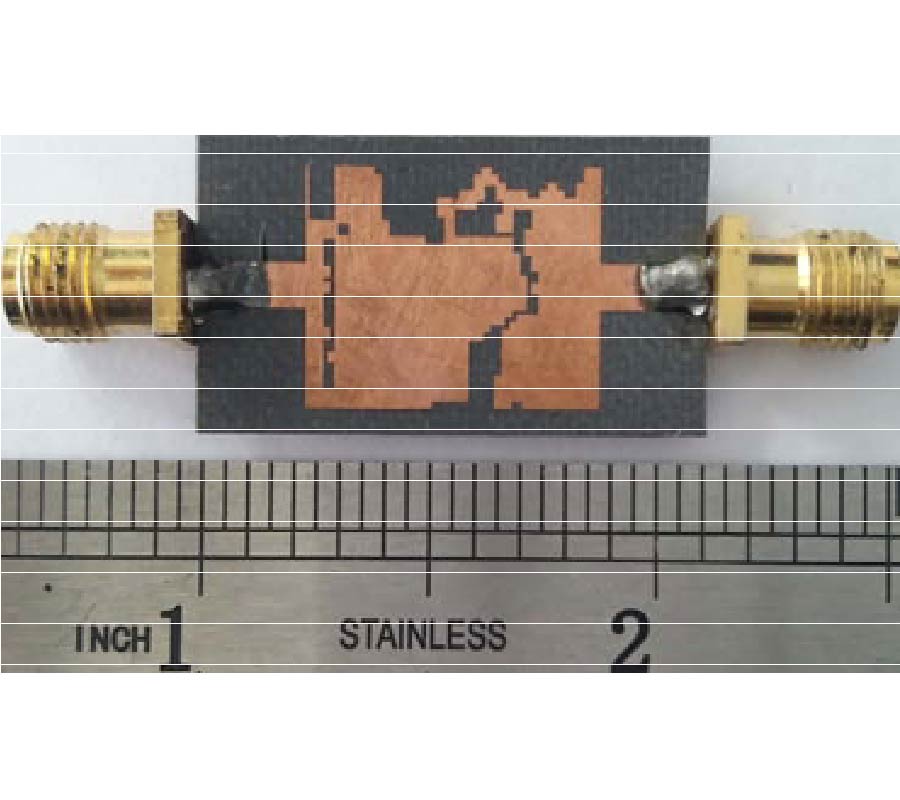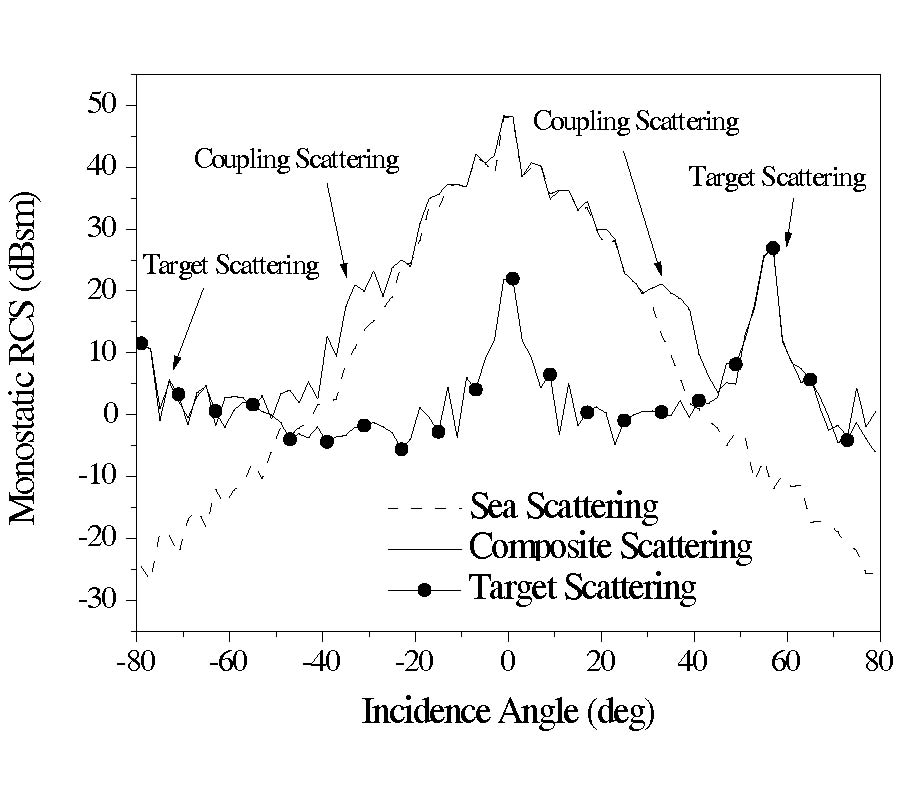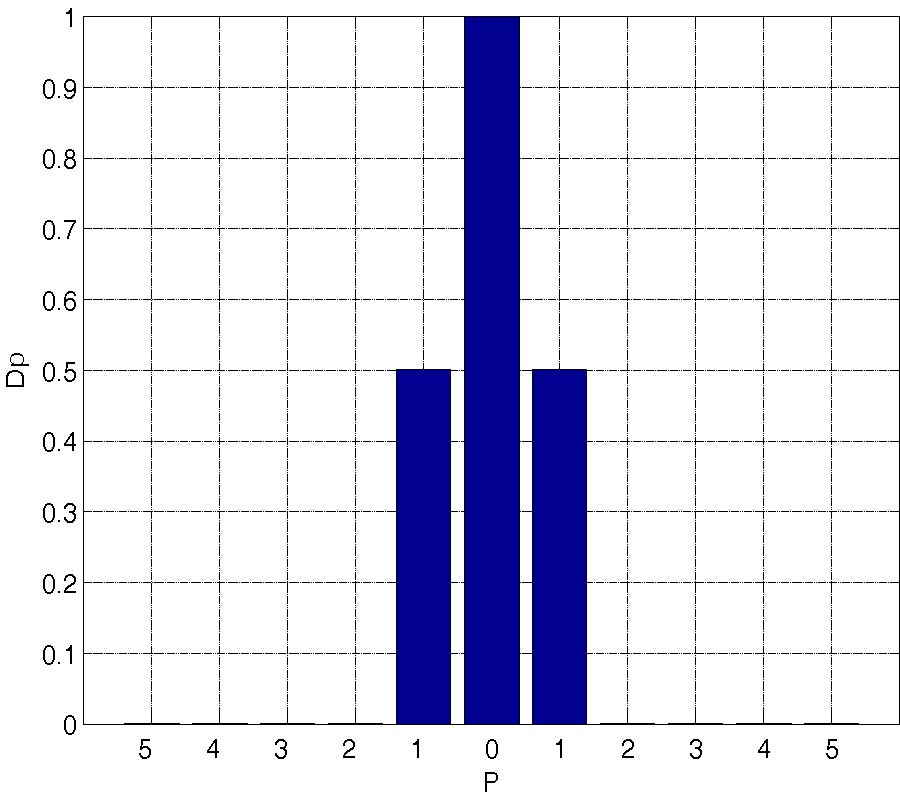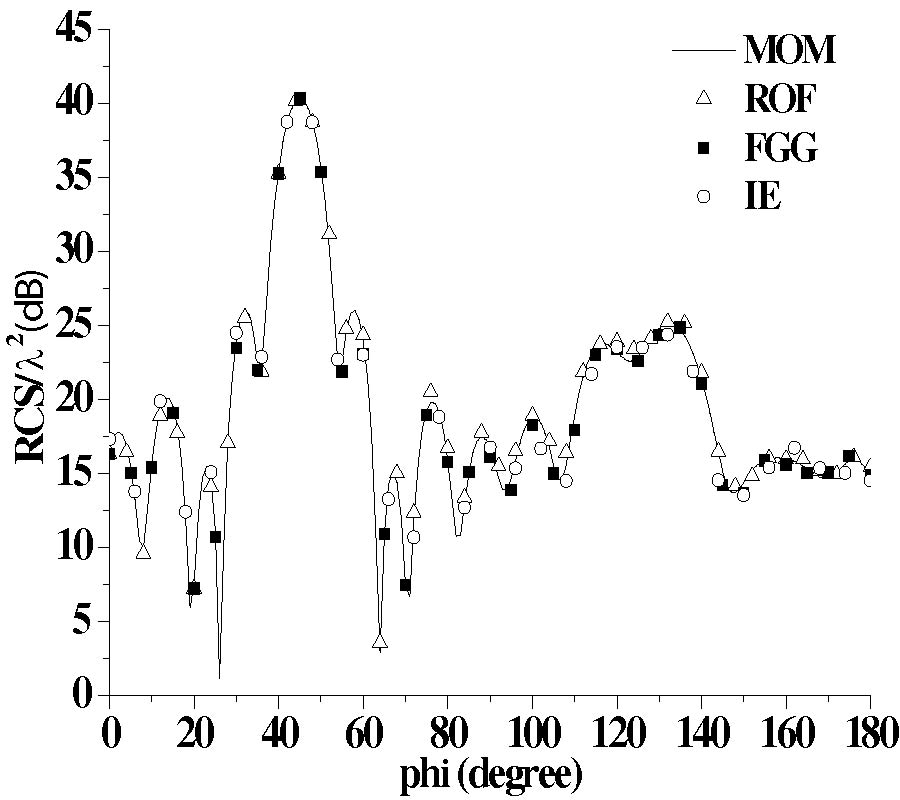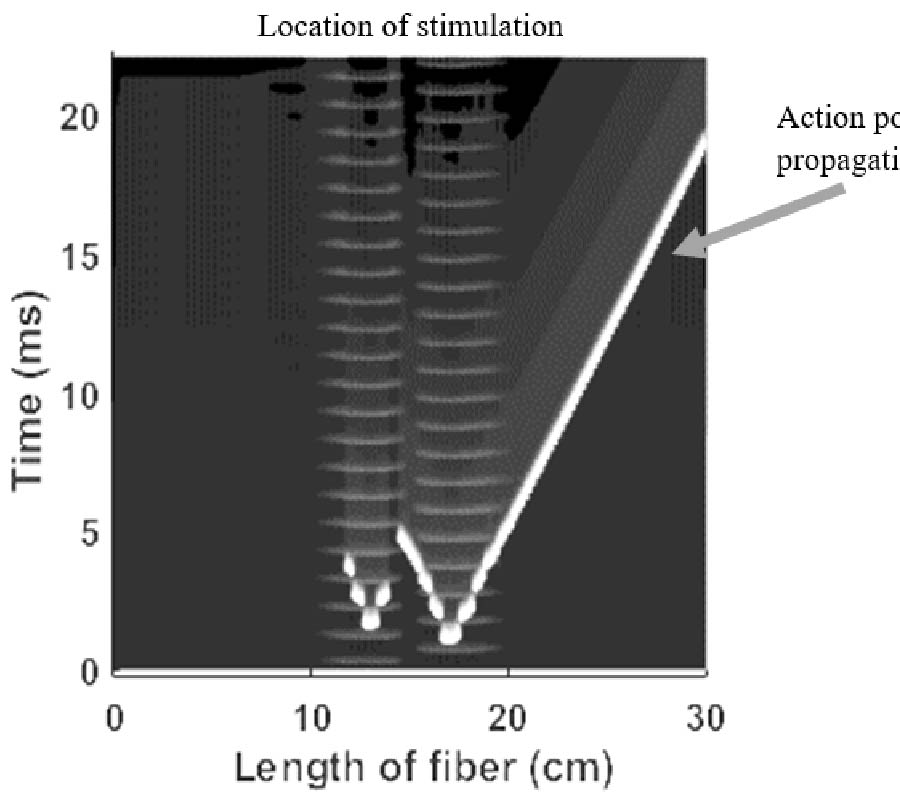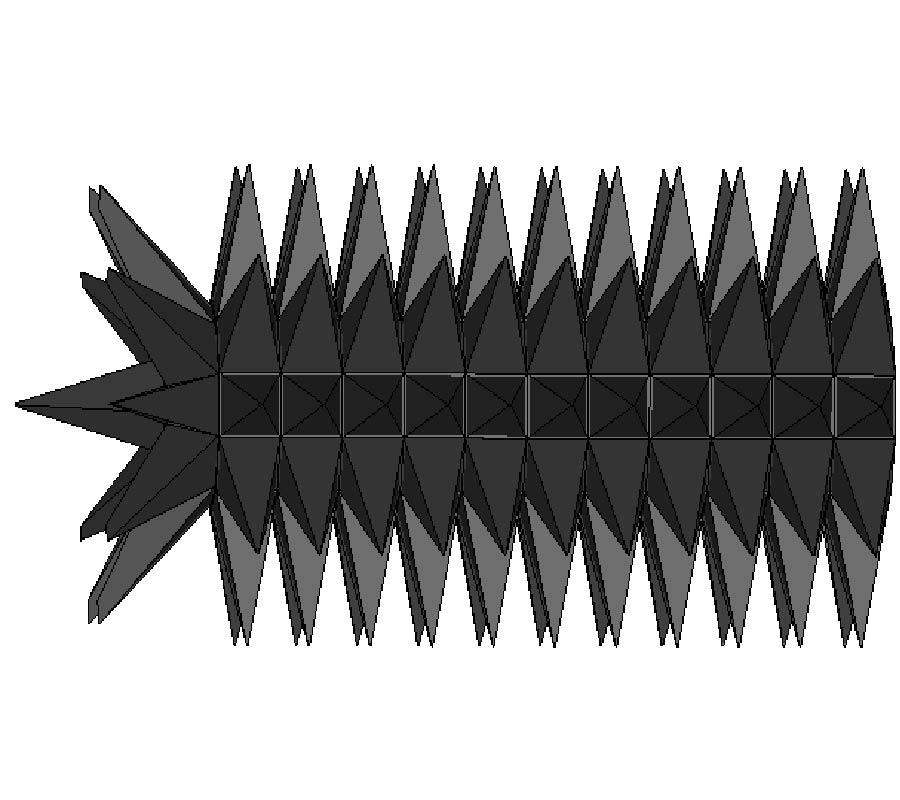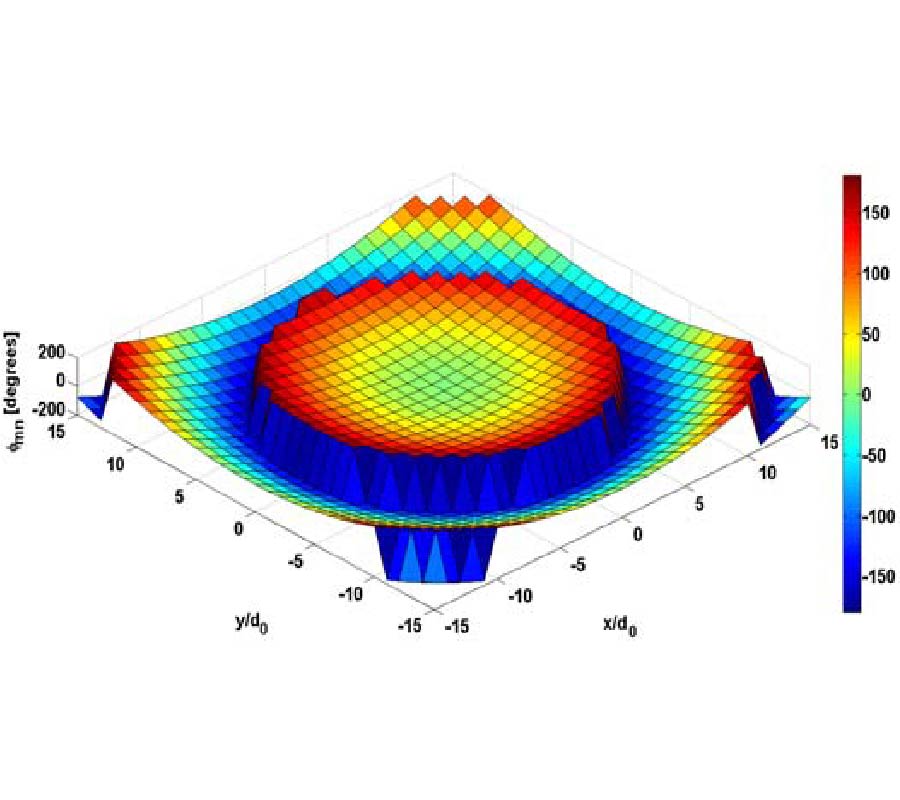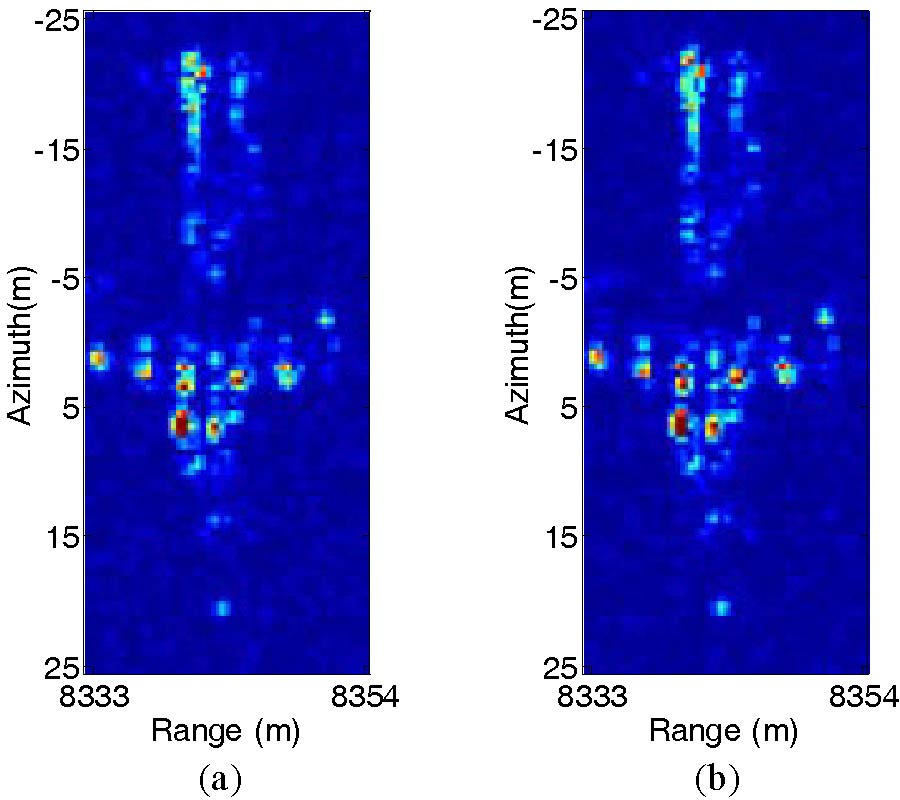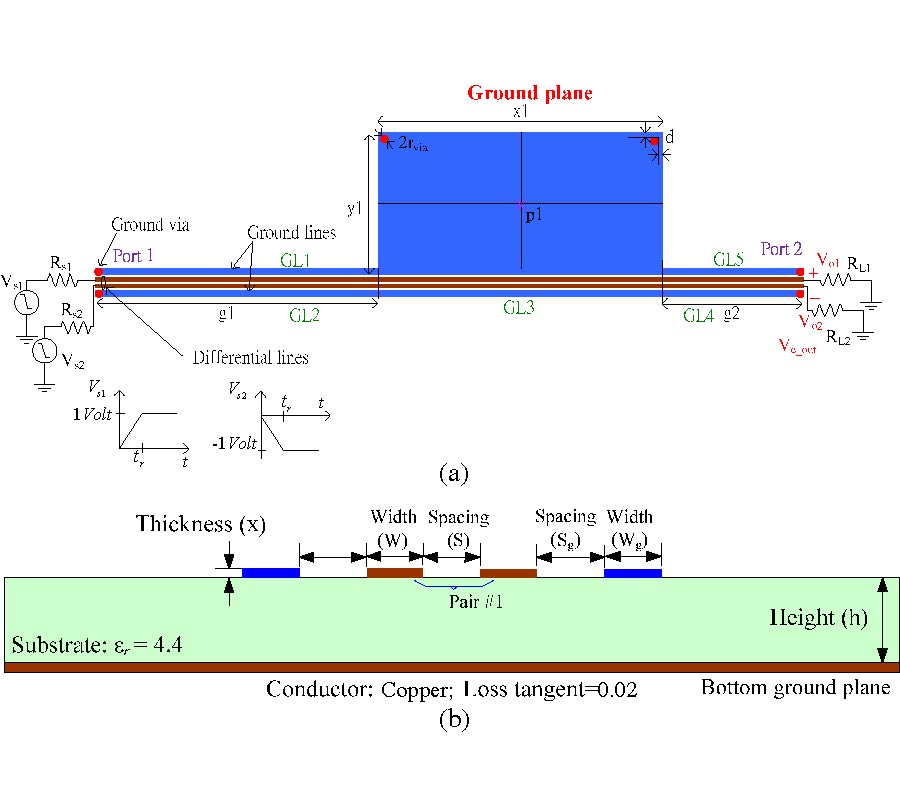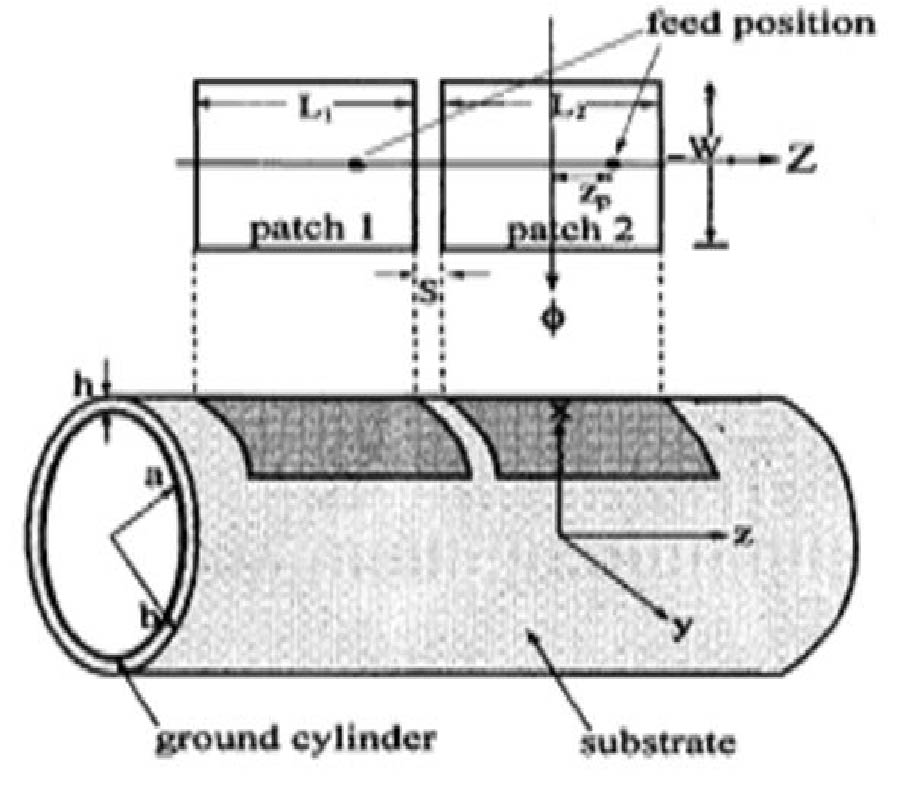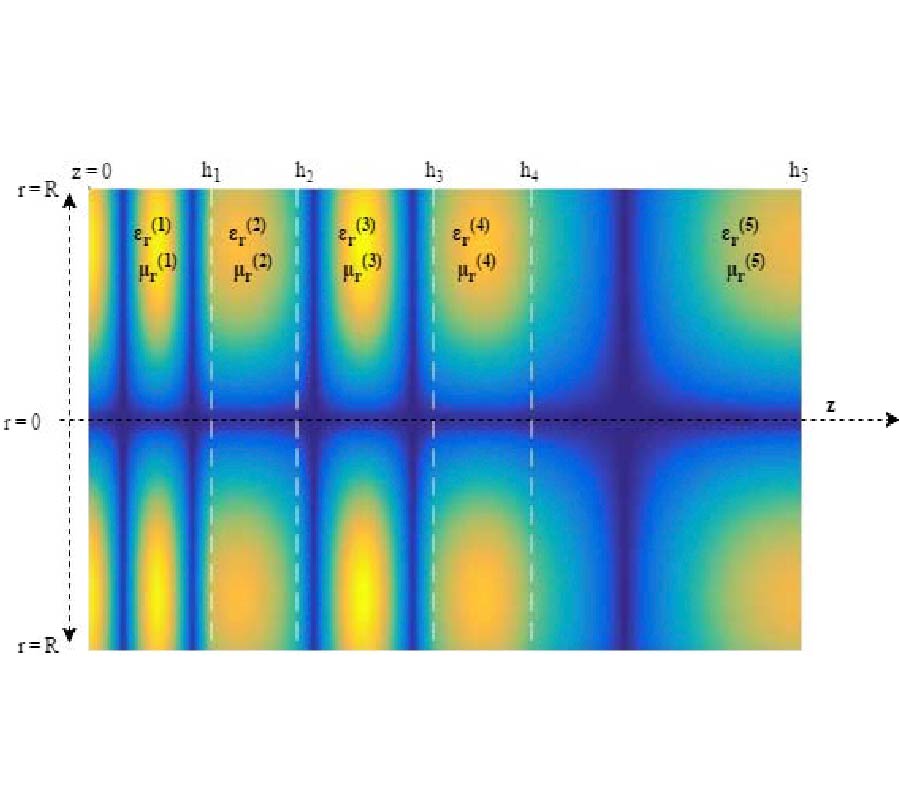ROF for the Combined Field Integral Equation
Hua-Long Sun,
Chuang Ming Tong,
Qi Liu and
Gao Xiang Zou
This article proposes a computational scheme for a combined field integral equation to compute electromagnetic scattering, which is Reduced order Fitting Green's function's Gradient and Fitting Green's function with Fast Fourier Transform (ROF). This new scheme can greatly reduce computation time compared to integral equation Fast Fourier Transform (IE), as well as Fitting Green's function's Gradient and Fitting Green's function with Fast Fourier Transform (FGG). Firstly, based on the property of Green's functions' integral under special condition, real-coefficient fitting method is utilized to replace the original complex values expression of combination coefficients with the real values. Secondly, a cross-shaped grid named as reduced order grid is presented to reduce computation time for modified near-field coupling impedance. Thirdly, by combining real-coefficient fitting method and reduced order grid, a new scheme of ROF is achieved. Finally, some examples verify ROF, which has advantages, such as higher efficiency than that of IE based on original grid and FGG based on cross-shaped grid, being not sensitive to grid spacing, and keeping the same precision as that of IE based on original grid.
